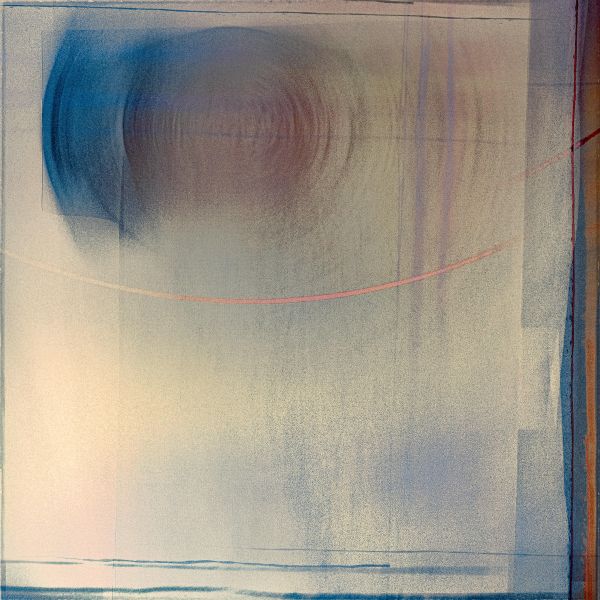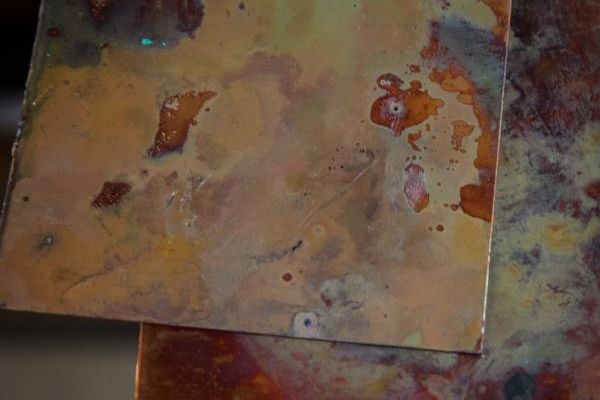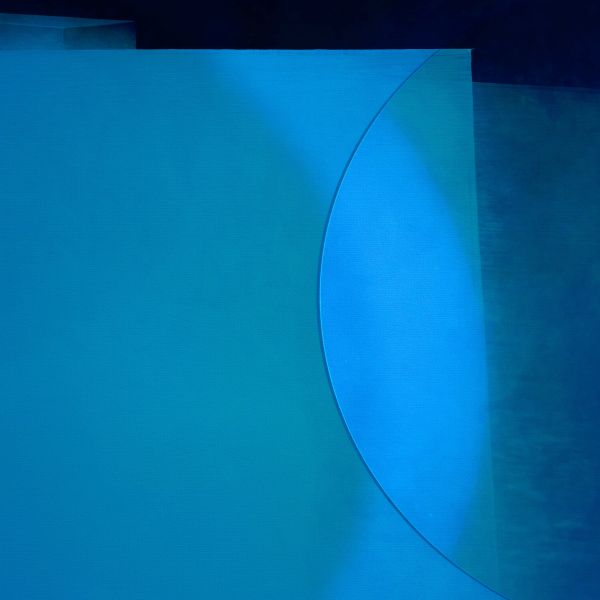
BAUHAUS AND BEYOND
Posted 21/04/19
The Bauhaus movement celebrated its centenary in 2019 and more than a century after its inception the influence lives on and continues to shape our concept of good, intuitive design
Founded in Weimar by the architect, Walter Gropius at a time when the world was a state of flux, the Bauhaus was a radical movement at a radical time. T.S. Eliot was writing poetry filled with obscure classical allusions, James Joyce was experimenting with different literary styles and forms in Ulysses and Marcel Duchamp tested artistic freedom to its limits with his urinal. It was against this revolutionary backdrop that the Bauhaus movement, with its stripped down aesthetic and geometric designs was born.
It was conceived partly to unite fine art - a pastime generally confined to the upper classes of society - with practical crafts. The core of the Bauhaus philosophy was the link between architecture, design and art. Avoiding the trappings of decoration and frivolity, it sought to create beauty through purposeful utilitarian design that would not be compromised by mass production. It was the antithesis of the glamorously elaborate Art Deco and Art Nouveau movements that had previously prevailed.
In its early years, the faculty was a veritable who’s who of art and creativity - Wassily Kandinsky, Paul Klee, László Moholy-Nagy, Johannes Itten and Josef Albers were all employed at the school. Their teachings prioritised the value of ‘craft’ and students enrolled in specialised workshops such as metalworking, pottery, weaving and typography. Anni Albers was just one student who found artistic freedom in the weaving workshops.
The impact of the Bauhaus was far reaching and went way beyond architecture to affect graphics, typography and furniture as well as many other creative disciplines. The designs contained many features that later became the hallmark of modern aesthetics.. A century later, the influence remains readily apparent in design, illustration, famous buildings and pretty much anything for sale in Ikea.
Their maxim ‘form follows function’ and ‘less is more’ is reflected in the shape of the chairs we sit upon and the buildings we work in. Terence Conran has credited Bauhaus as being a major influence. The work of Jonny Ive and Steve Jobs also bears obvious comparison to the Bauhaus principles. Its importance cannot be overstated.
Other Posts...

LET US PLAY
Posted 29/06/22
play/pleɪ/ verb engage in activity for enjoyment and recreation rather than a serious or practical purpose. Every child is an artist. The problem is how to remain an artist once…

LOCATION, LOCATION, LOCATION
Posted 31/03/19
I caught the tail end of a brief discussion on social media a couple of days ago and it set my meandering thoughts along an investigative trajectory.Being called into question was the issue of a…

VISION 9
Posted 30/06/18
I have chosen to present my contribution to the upcoming joint exhibition at the Oxo Gallery in London in a slightly unconventional way. The images themselves represent a continuing fascination…

RETURNING TO ⌘P
Posted 29/06/17
Charlie Waite is one of many photographers to champion the importance and satisfaction to be gained from turning a digital file into a physical print. Such advocates are possibly less forthright about…

BEYOND ⌘P
Posted 30/04/16
For some time now I have been thinking about ways to take the physical reproduction of my images in a slightly different direction.Perhaps as a consequence of the unpredictability of my image making,…

COMMITMENT
Posted 30/12/15
I have just watched a short film made about a photographer I greatly admire, Chris Tancock. His dedication, patience and commitment to his art are humbling to say the very…



